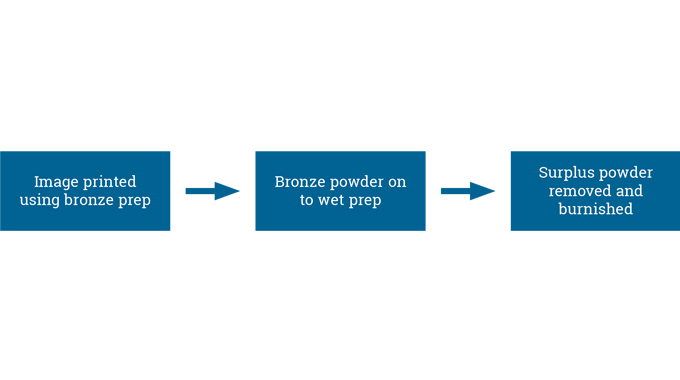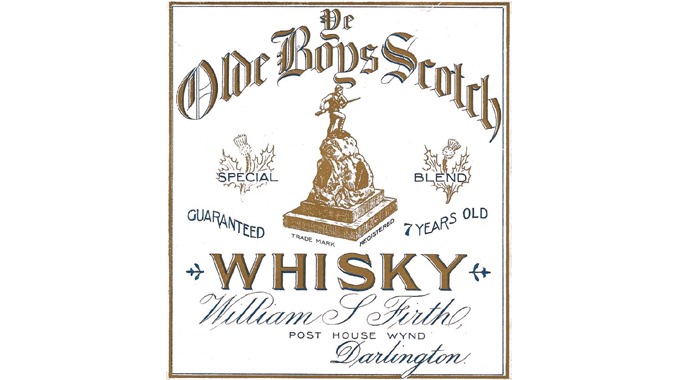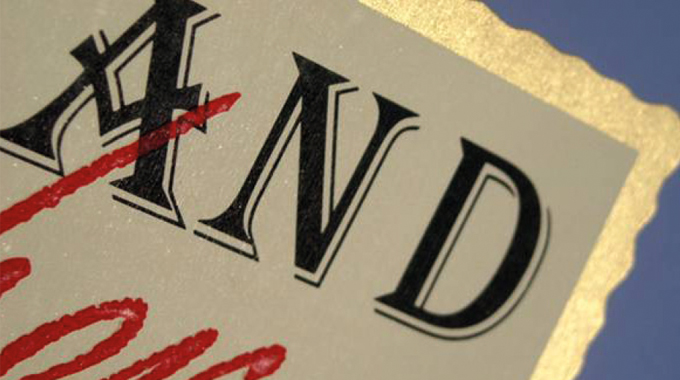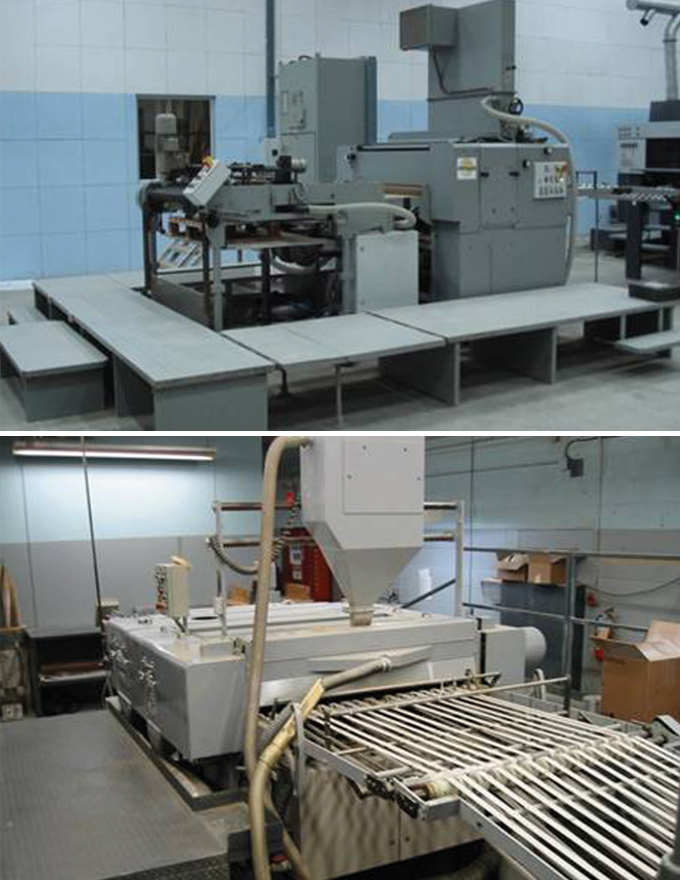★You are viewing this content as a subscriber
★Subscribers only
Embellishments: the bronzing process
The bronzing process is a method of embellishing the surface of a label with a distinctive metallic, burnished image (usually gold)
The bronzing process is a method of embellishing the surface of a label with a distinctive metallic, burnished image (usually gold).
Bronzing is a relatively slow and expensive process used predominantly for wet glue label customers in the high quality food, wine spirits and beverage segments. The bronzing process is also used extensively on greeting cards and for tobacco packaging.
Stay up to date
Subscribe to the free Label News newsletter and receive the latest content every week. We'll never share your email address.




